June 17, 2025 | 20:52 GMT +7
June 17, 2025 | 20:52 GMT +7
Hotline: 0913.378.918
June 17, 2025 | 20:52 GMT +7
Hotline: 0913.378.918
At the meeting and working session with the leaders of national parks and nature reserves on March 18, Minister of Agriculture and Rural Development Le Minh Hoan said, “The development of multi-use value promises to unlock 'treasures' from the forest”.
Representatives of national parks and nature reserves at the meeting gave a quick report on forest management and protection activities and the promotion of the forest economy. They also raised some shortcomings in terms of institutions, policies and proposed solutions for the Ministry of Agriculture and Rural Development.

An overview of the meeting and working session on March 18. Photo: Tran Trung.
According to national parks and nature reserves’ claim, after more than 20 years of implementing the autonomy mechanism, there are still over 70% of special-use forest management boards that the budget guarantees recurrent expenditures while the remaining 30% being partially self-financed. This is considered a major problem in the autonomy mechanism’s organization and implementation for non-business units in the forestry sector.
Revenues from non-business economic services and ecosystem services have great potential but have not been effectively exploited by the management boards. The budget is always limited. Some regulations are not suitable for the specific characteristics of nature and biodiversity protection and conservation activities. Most of the management boards are based in remote and isolated areas, with poor and outdated technical facilities that do not meet practical requirements (implementation of autonomy mechanism).
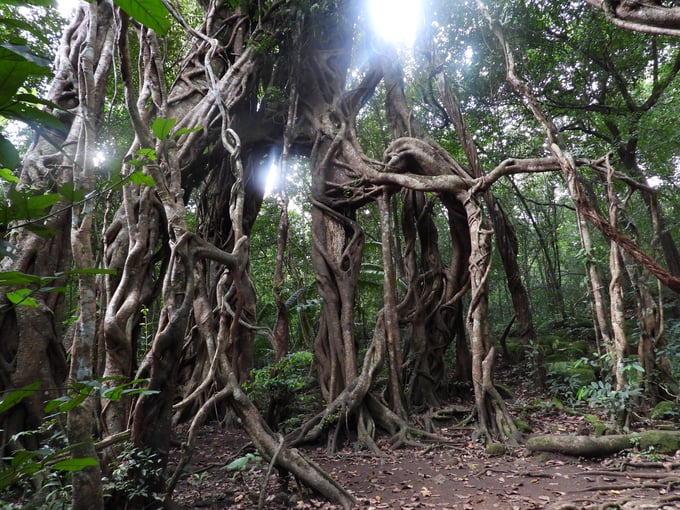
Cat Tien National Park with diverse ecosystems and unique landscapes.
For example, Cat Tien National Park is managing over 82,000 ha of forest. Having a boundary line spanning three provinces of Dong Nai, Lam Dong, and Binh Phuoc, Cat Tien National Park is one of the largest nature reserves in Vietnam.
The annual inspection results show that individuals and organizations assigned to protect forests have performed their committed works well, preventing deforestation and forest degradation. Thanks to the implementation of forest protection contracts, people's awareness in forest protection has been increasingly enhanced, and their incomes have also been improved, reducing dependence on forest resources.

The national park’s functional forces have increased forest patrolling, control, management and protection.
However, small-scale illegal logging activities still occur. Cat Tien National Park is facing a number of risks of encroachment on forest resources, which calls for synchronous solutions to limit deforestation, forest degradation and biodiversity loss.
“Cat Tien National Park suggests that the Ministry of Agriculture and Rural Development continue to invest in completing infrastructure works, increasing means and equipment for forest patrol and protection, adjust and improve the salary, allowance, and reasonable treatment regime for forest rangers, forest management and protection workers, as well as residential communities participating in forest protection," said Mr. Pham Xuan Thinh, Director of Cat Tien National Park.
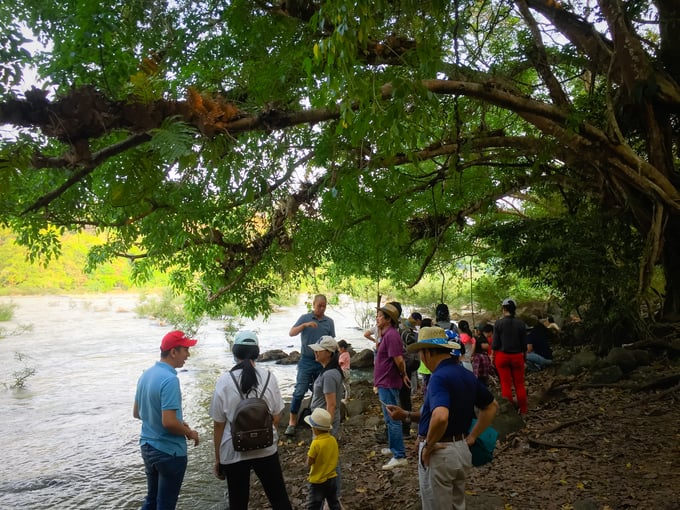
Cat Tien National Park utilizes forest resources for eco-tourism services.
In a similar manner, Tram Chim National Park is located in the lower Mekong River and the center of Dong Thap Muoi with an area of 7,313 ha, accounting for approximately 1% of Dong Thap Muoi with 130 species of plants, 232 species of water birds (including 32 rare species), 130 species of fish, 174 species of plankton plants, 110 species of plankton animals, 23 species of benthic animals, 44 amphibians and reptiles.
This national park currently faces some difficulties, such as: funding to implement upcoming programs and projects is lacking; the expertise and professionalism of the park's staff still have many limitations in rescue, veterinary, and forest protection works; regulations on management of special-use forests in wetlands are insufficient.
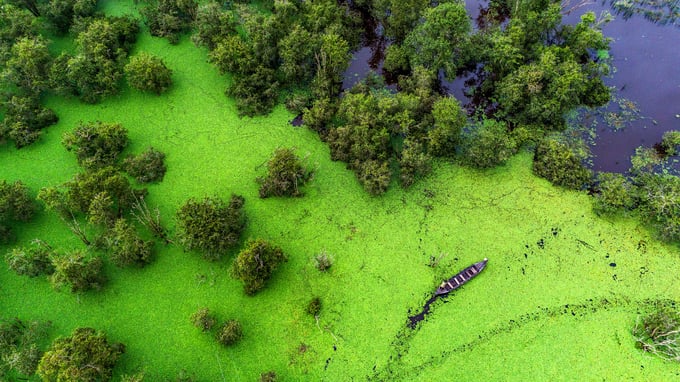
Tram Chim National Park from above.
Tran Chim is also greatly affected by the impact of climate change and changes in hydrological regimes which cause biodiversity loss. Population pressure in the buffer zone increases rapidly. Unstable livelihoods leads to illegal fishing of wild animals.
“Tram Chim National Park believes that the Ministry of Agriculture and Rural Development and relevant ministries and agencies need to support the construction of a project to develop sustainable livelihoods for people around the buffer zone, also policies to support forest protection forces. It would be more flexible to allow the locality to develop a specific mechanism on the Regulation on management of special-use forests in important wetland areas,” said Mr. Nguyen Van Lam, Director of Tram Chim National Park.

Tram Chim National Park has a relatively wide and diverse mangrove ecosystem.
Minister of Agriculture and Rural Development Le Minh Hoan acknowledged and highly appreciated the forest management and protection works as well as the forest economic development of national parks and nature reserves at the meeting.
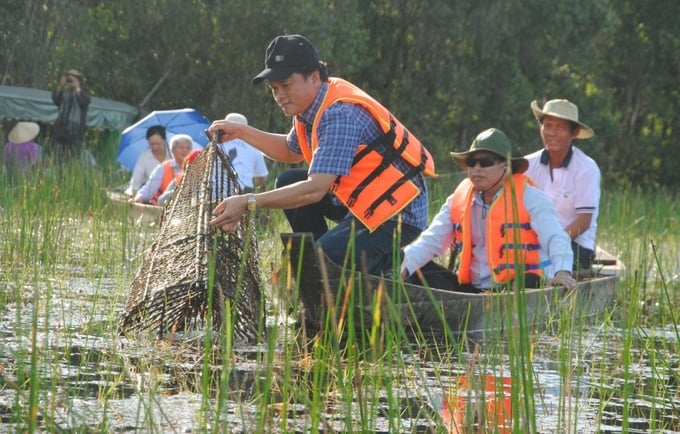
Tourists experiencing Tram Chim National Park.
“Now there exists a policy to implement the scheme "Developing multi-use values of the forest ecosystem". This is not just a scheme of pure technicality, but instead a newer approach, a further and broader vision of forest resources and the values they hold. Thinking about the value of multi-use forests helps to harmonize the relationship between natural resources and human resources, between tangible and intangible resources, towards sustainable development,” said Minister Le Minh Hoan.
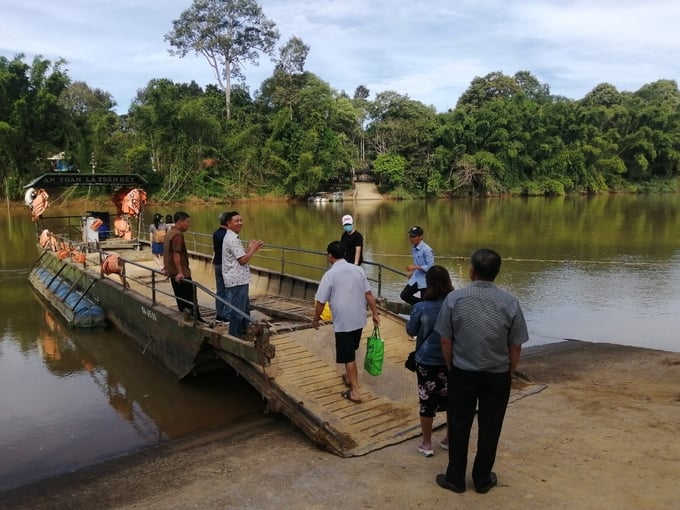
Tourists experiencing Cat Tien National Park.
According to the MARD Minister, developing the multi-use value of the forest ecosystem opens up more opportunities and increases resources. Resources from new values will become a source of additional income and improve the lives of forest rangers, forest management boards and forest protection forces. The generated resources will create more job and livelihood opportunities for communities living along the forest. Resources are generated by the business community that is benefiting from forest resources.
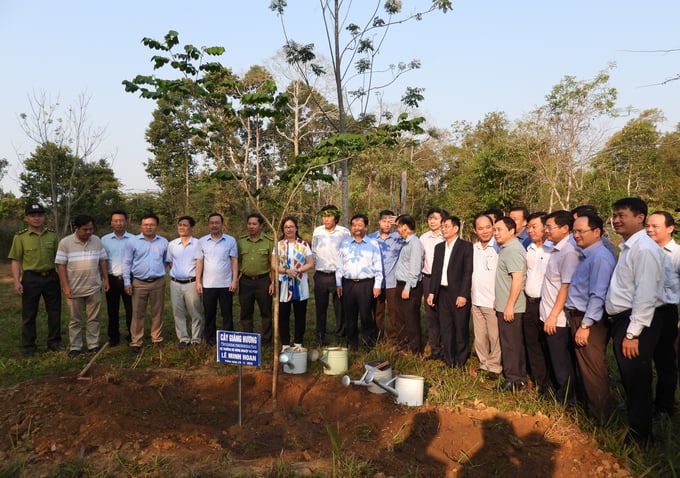
Minister Le Minh Hoan and the delegation plant trees in Cat Tien National Park. Photo: Tran Trung.
The minister cited as Bhutan passed the Tourism Levy Bill in 2022, eliminating the daily package fee and tripling the "sustainable development fee" applicable to anyone who wanted to visit Bhutan from USD 65 to USD 200/person/day, with the reason that “Long-term environmental protection is more important than short-term economic profits”. This finance is used to upgrade infrastructure, train human resources in the industry, preserve traditional culture and environment. At the same time it creates a large volume of jobs with decent wages for the people. Proceeds will go back to the community, providing medical and educational support to all Bhutanese.
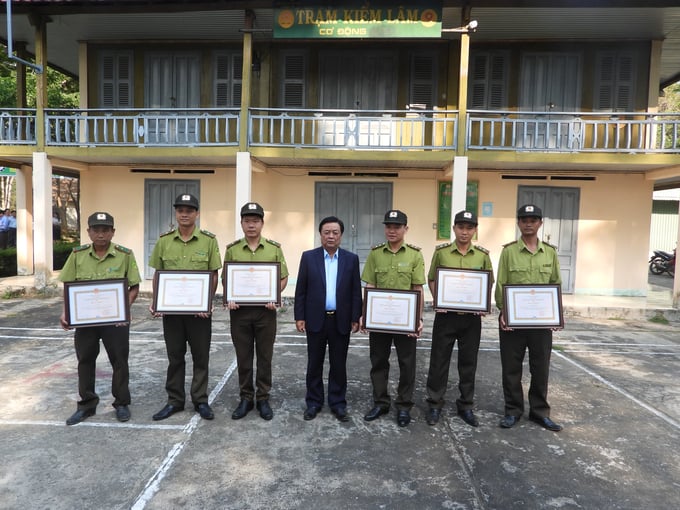
Minister presents Certificates of Merit to forest rangers with achievements in the protection and management of forests under the management of Cat Tien National Park.
“We need to change the mindset and approach, create a human ecosystem, and harmoniously combine the state management function and the community management mechanism. The sustainability of forests, after all, is determined by people, while institutions and policies need to be adjusted to keep pace with changes,” said Minister Le Minh Hoan.
There is this one “magical phrase”: "Developing multi-use values of the forest ecosystem" promises to unlock the forest’s treasures. And the greatest treasure is, not just a source of profit or resources, but above all, an open mindset: cherish, cosset and cultivate the forest’s value one by one, so that the forest will be green forever, casting over the future generation a pleasant shade.
Minister of Agriculture and Rural Development Le Minh Hoan
Translated by Samuel Pham
![Turning wind and rain into action: [7] Early disaster warnings help marine farmers minimize losses](https://t.ex-cdn.com/nongnghiepmoitruong.vn/608w/files/news/2025/06/17/z6704423696987_15fd32ffc26d590d204d520c9dac6786-nongnghiep-142942.jpg)
(VAN) In recent years, thanks to early disaster warnings and forecasting, marine farmers in Khanh Hoa province have been able to reduce risks and losses, thereby improving production efficiency.
![Turning wind and rain into action: [5] Hue applies modern technology in disaster forecasting](https://t.ex-cdn.com/nongnghiepmoitruong.vn/608w/files/news/2025/06/17/z6704423696987_15fd32ffc26d590d204d520c9dac6786-nongnghiep-093938.jpg)
(VAN) In Hue city, modern technology has recently been applied in meteorological and hydrological forecasting and warning, helping to reduce the damage caused by natural disasters.

(VAN) A cutting-edge farming technique being implemented on an experimental ranch in Arizona's Sonoran Desert has already saved a billion gallons of water over five years, according to Civil Eats.

(VAN) Poultry and pig production and the environment can be boosted through enhanced water technology, according to new research.
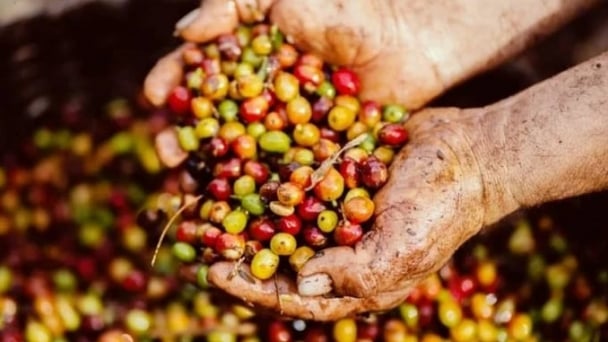
(VAN) Coffee prices on June 16, 2025 are unchanged. In Vietnam, local trading prices are holding steady, ranging around VND 112,000 – VND 112,500/kg.
![Turning wind and rain into action: [4] Bringing climate bulletins to remote and isolated areas](https://t.ex-cdn.com/nongnghiepmoitruong.vn/608w/files/linhnhp/2025/06/14/1152-z6704423696987_15fd32ffc26d590d204d520c9dac6786-nongnghiep-151141.jpg)
(VAN) The Vietnam Agriculture and Nature Newspaper interviewed Mr. Vu Thai Truong, Acting Head of Climate Change and Environment at UNDP Vietnam, to gain deeper insight into how climate bulletins are delivered to farmers.

(VAN) In Tien Giang, a high-tech shrimp farm has developed a distinctive energy-saving farming model that has yielded promising results.